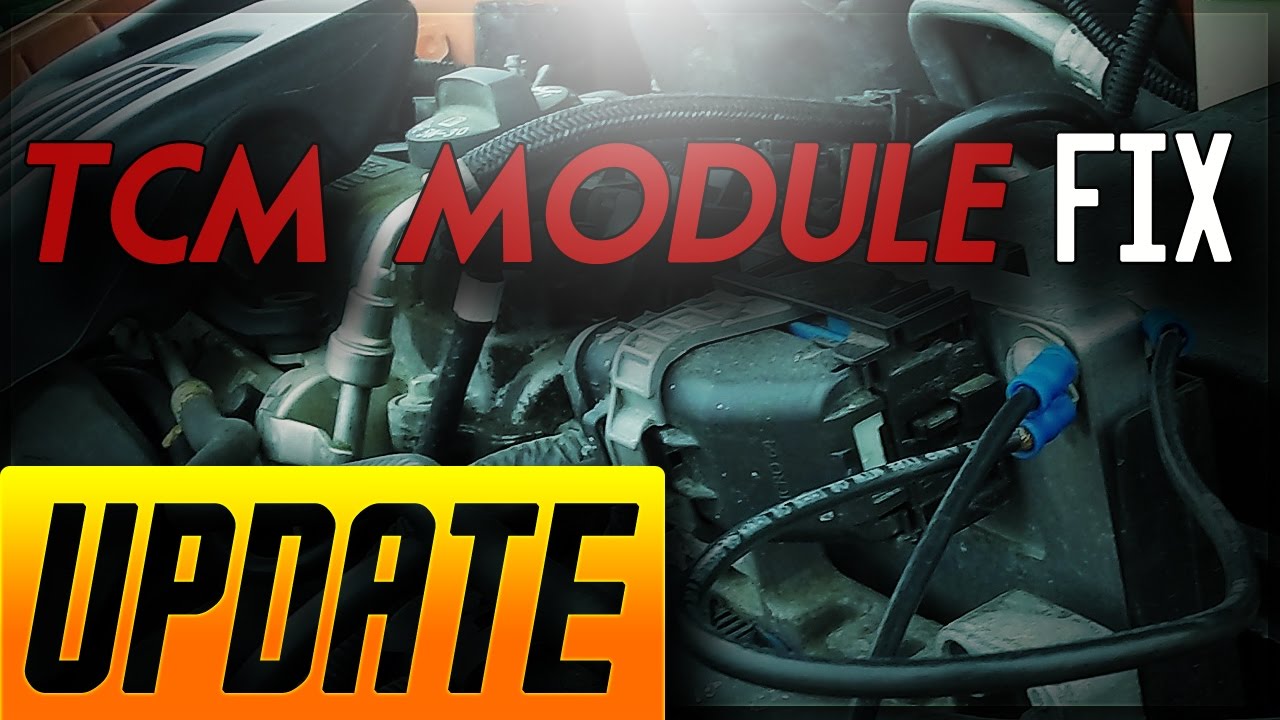Unpredictable shifting, trouble shifting into a higher gear, trouble downshifting, getting stuck in the same gear, poor fuel economy, and a check engine light are all indicators of a bad transmission control module.
How Do I Reset My Transmission Control Module?
Repeat these steps two to three times to reset your vehicle’s transmission control module: turn off the ignition and wait patiently for 5 to 10 seconds; start the engine and allow it to idle for several seconds; turn off the ignition and wait patiently for another 30 to 40 seconds.
| It is one of the most curious topics of users: | 2006 chevy cobalt transmission control module replacement |
| After that, the second most searched topic is: | Chevy cobalt tcm problems |
| And with this, another curious topic: | Cobalt tcm ground |
How Do You Know If You Need A Transmission Control Module?
Slow acceleration: Your vehicle’s acceleration takes longer than usual. Gear slippage: Your transmission switches gears without warning or without you shifting. Inability to Shift: You can’t shift out of neutral. These are some of the most common symptoms of a bad transmission control module.
Note: In addition to the information we have provided in our article on 2005 chevy cobalt transmission control module troubleshooting, you can access the wikipedia link Here, which is another important source on the subject.
How Do You Reset The Transmission Control Module On A Chevy?
Step 1: Place the vehicle in the “On” position; Step 2: Hold Down the Gas Pedal; Step 3: Turn the Key to the “Off” position; Step 4: Release the Gas Pedal; Step 5: Wait Five Minutes; Step 6: Drive!
How Do You Check Transmission Fluid In A 2005 Chevy Cobalt?
A cobalt does not have a dipstick; instead, it has a black screw-on cap on top of the trans, right next to the motor. To check the level of the fluid in your vehicle, raise it so that it is level from front to back.
What Is ATF Type A Transmission Fluid?
Type A Automatic Transmission Fluid is a high-quality, cost-effective fluid that is made from select base oils and contains red dye as a leak detector. Type A Automatic Transmission Fluid provides straight mineral oil lubrication and can be used when this type of lubricant is recommended.
What Kind Transmission Fluid Do I Need?
Depending on your vehicle’s make, model, and year, you should use a DEXRON fluid for most General Motors vehicles and a MERCON fluid for Ford vehicles. Always follow the fluid usage and change interval recommendations provided by your vehicle’s manufacturer.
What Brand Of Transmission Fluid Does Chevy Use?
If you want to know about Chevy, you need to use DEXRON-VI transmission fluid because General Motors recommends it. Regardless of your vehicle, it’s important to choose the best fluid for your transmission.
What Kind Of Oil Does A 2005 Chevy Cobalt Take?
Notes: Conventional High Mileage, OE Recommendation, 5W-30
How Do You Check Transmission Fluid On A Chevy Cobalt?
Your vehicle probably has a check valve on the bottom of the transmission. In order to check the transmission fluid, your car needs to be level, so we recommend having your transmission fluid checked by a mechanic with a hydraulic lift or an underground bay.
How Much Transmission Fluid Do I Need?
Check the transmission fluid capacity in your owner’s manual, just like you do when deciding how often to change transmission fluid. Depending on the vehicle, you may need as little as 8-9 quarts for small passenger cars or more than 20 quarts for heavy-duty trucks.
How Do You Fix A Slipped Transmission?
Low Fluid Levels: This is the most common problem, and it’s also the easiest to fix. If you notice that the gears are slipping, you can check the level of your transmission fluid and add more if necessary; however, you need to make sure you’re using the right kind of transmission fluid for your particular transmission design.
What Can Causes A CVT Transmission To Slip?
4. Slipping Gears: The transmission slipping gears is a very common sign of a bad CVT transmission. This can be caused by structural issues or not enough transmission fluid, making it possible for the gears to pop out of gear while you’re driving.

